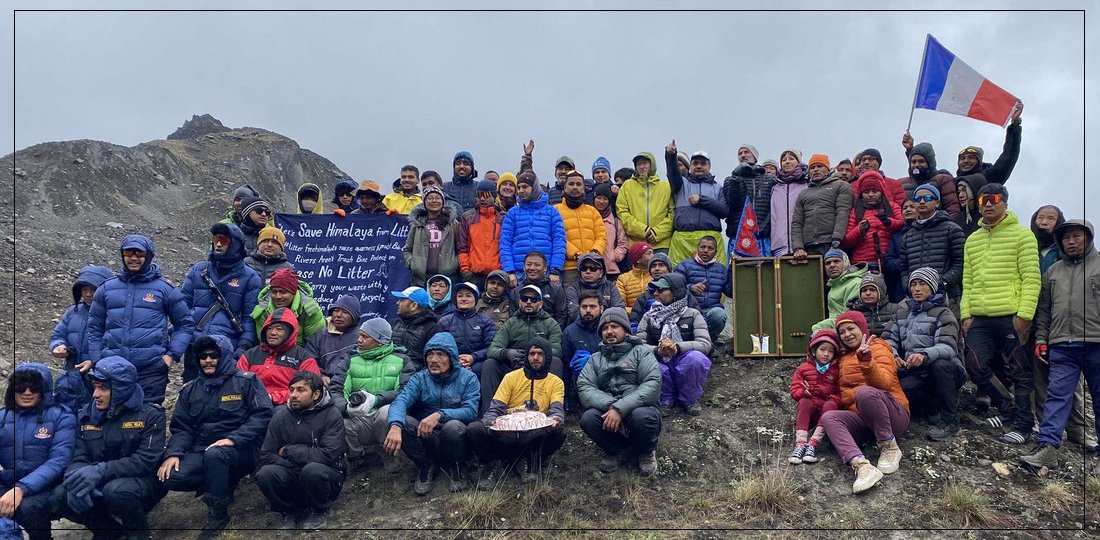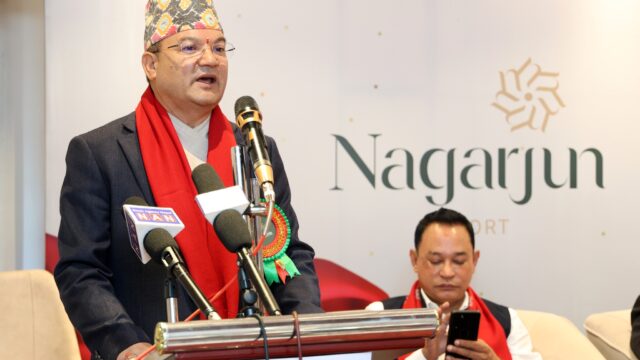Annapurna I, the first mountain over 8,000 meters to be summited in human history, has long held an underappreciated place in Nepal’s mountaineering narrative, until now. Despite its historic ascent on June 3, 1950, by French mountaineers Maurice Herzog, Louis Lachenal, and two Sherpa climbers, Annapurna I’s true base camp and climbing route in Narchyang, Annapurna Rural Municipality-4 of Myagdi, remained overshadowed for decades.
This year marks the 75th anniversary of the historic ascent, celebrated through a grand “Annapurna Diamond Jubilee Festival” held from Jestha 16 to 22 at the mountain’s actual geographical location. For the first time, the government of Nepal, along with the Nepal Tourism Board (NTB), Trekking Agencies’ Association of Nepal (TAAN), the Nepal Mountaineering Association (NMA), the Annapurna Conservation Area Project (ACAP), and the Annapurna Rural Municipality, hosted the celebration at the original base camp in Narchyang.
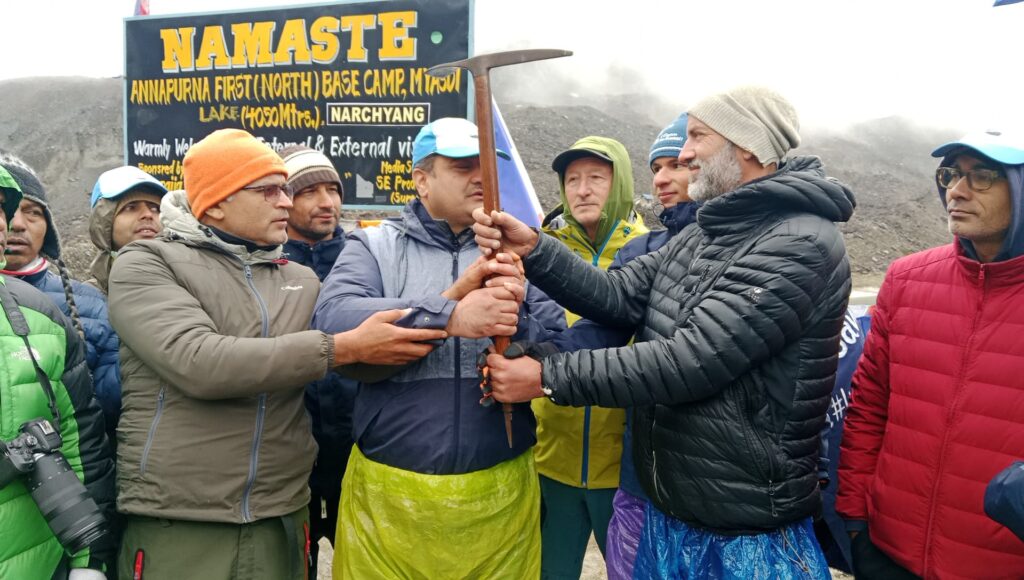
Prime Minister and International Guests Attend Historic Event
Prime Minister K.P. Sharma Oli officially inaugurated the main ceremony at Narchyang, accompanied by French Ambassador to Nepal Virginie Cortes-Vel and Matthieu Herzog, son of Maurice Herzog. Their presence, along with other French nationals, highlighted the deep-rooted international significance of the site.
“This festival has helped restore the lost identity of Annapurna I,” said Bharat Kumar Pun, Chairperson of Annapurna Rural Municipality. “For too long, the actual base camp and route remained in the shadows. Now, the nation and the world know the truth.”
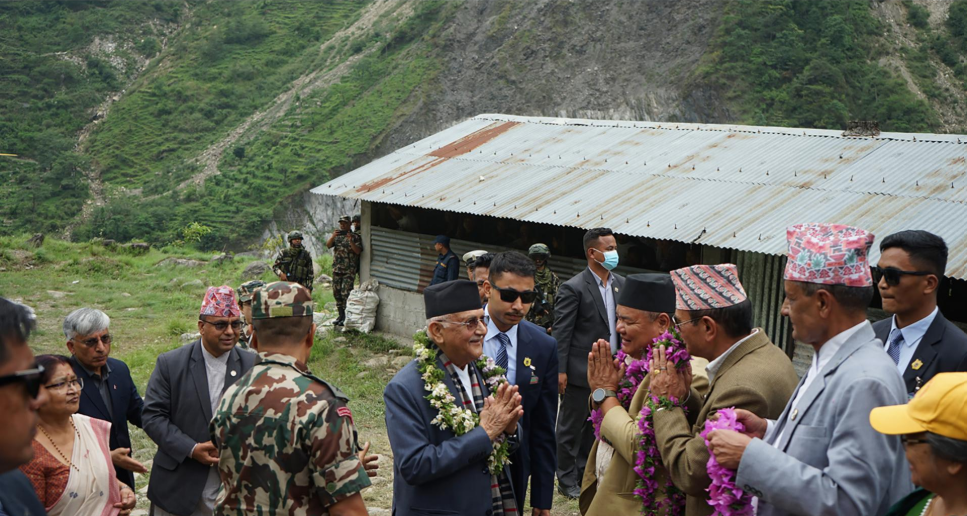
Bringing Recognition Back to the Forgotten Trail
The Annapurna Diamond Jubilee featured a 38-kilometer marathon from the base camp to Narchyang, a commemorative trek with over 200 participants, and vibrant displays of ancestral dance and local culture. A newly unveiled open museum at the base camp now showcases the statues of the first climbers and maintains detailed records of all past summiteers.
This move has been hailed by stakeholders as a major step towards correcting decades of misrepresentation. While celebrations in the past were largely concentrated in Pokhara and Kathmandu, this year’s localized commemoration was seen as a symbolic return of justice.
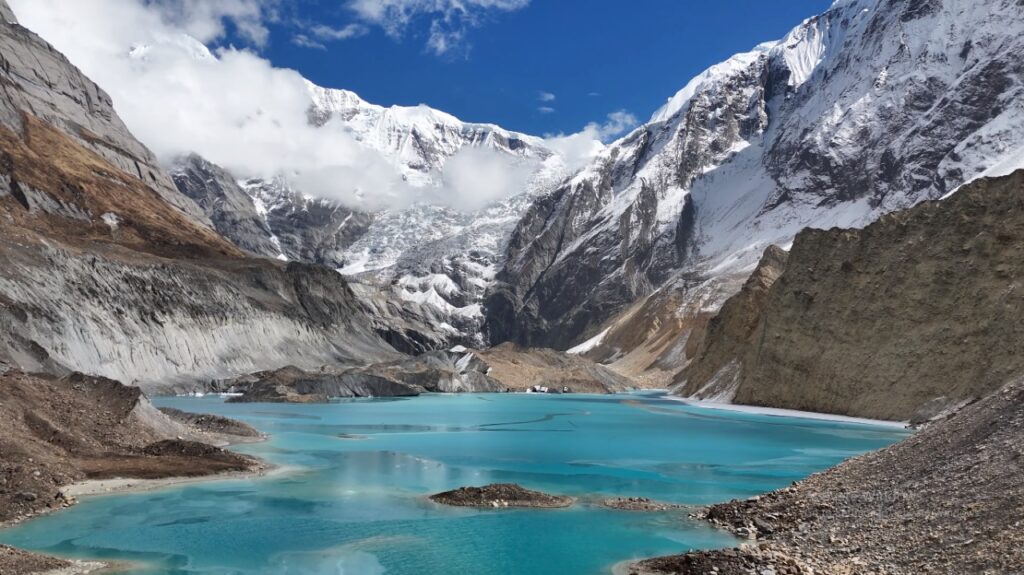
Historical Context and Recognition Challenges
Despite being the first 8,000-meter peak ever climbed, Annapurna I was long neglected in terms of infrastructure and promotion. Notably, it was only after Herzog’s 2010 visit via helicopter that local awareness grew. Inspired by his visit, tourism entrepreneur Tej Gurung and other locals officially identified and developed the trekking route in 2011, naming it the Maurice Herzog Trail in honor of the pioneering climber.
“After years of dedication, the trail now bears the name of Herzog, and for the first time, we feel the region has received the recognition it deserves,” said Gurung.
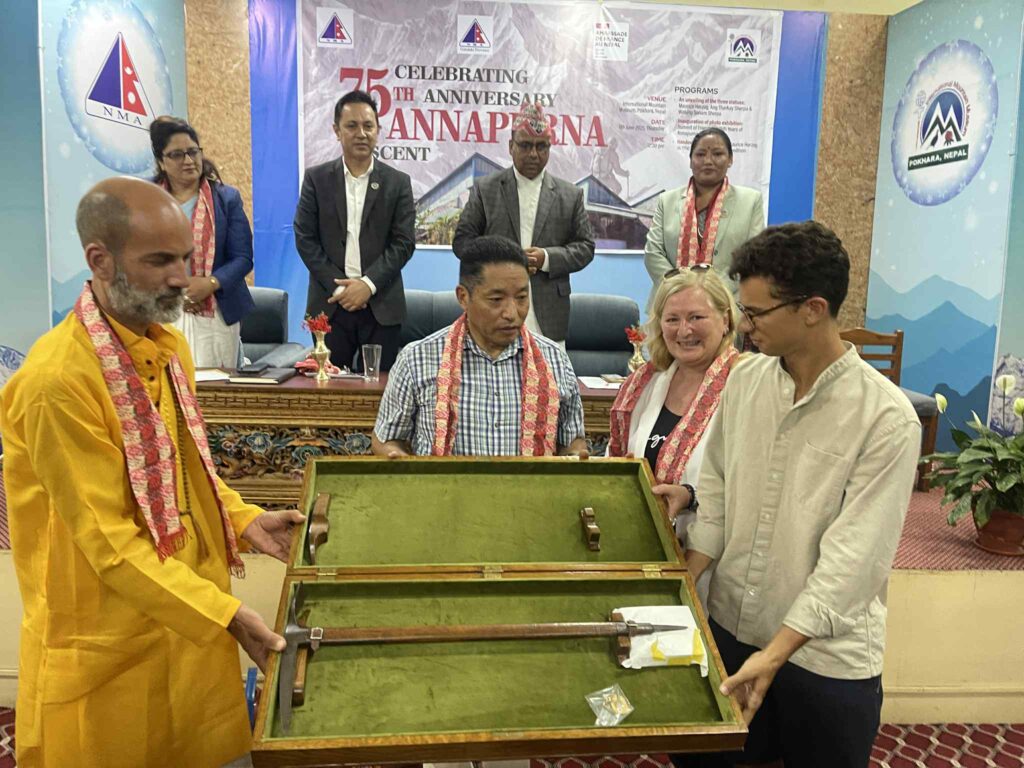
Hopes for the Future
According to Maniraj Lamichhane, NTB’s Gandaki Province Director, this celebration has laid the groundwork for internationalizing the lesser-known Annapurna base camp.
“Although Annapurna I is globally famous as the oldest conquered 8,000-meter peak, its real base camp was in neglect,” said Lamichhane. “This year, for the first time, we brought all key stakeholders together to celebrate the summit right here at the source. We believe this will drive both awareness and future tourism growth.”
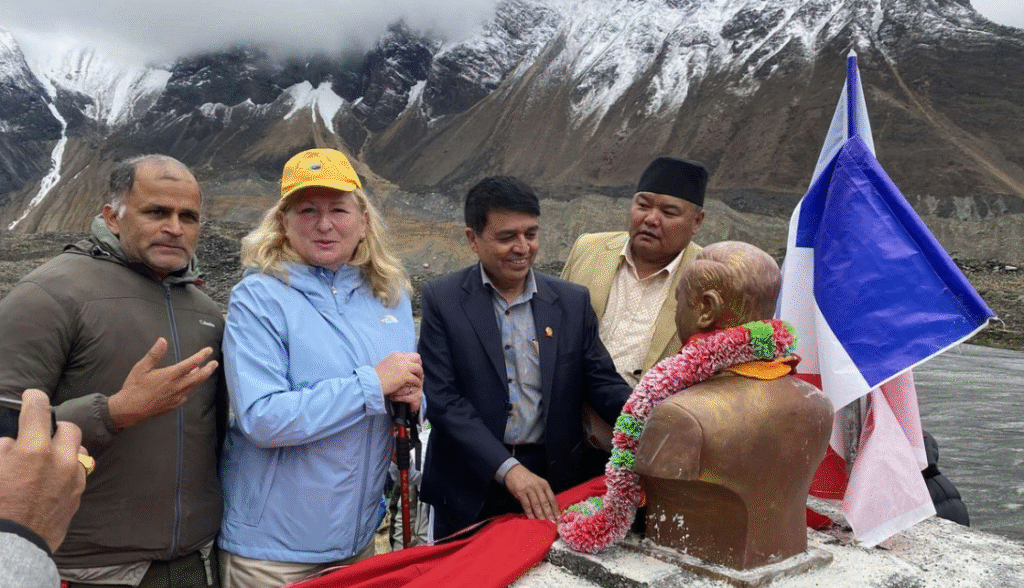
Contribution to Mountaineering Legacy
The original mountaineering equipment used during the 1950 ascent was officially handed over to the International Mountain Museum in Pokhara, operated by the Nepal Mountaineering Association, as part of the jubilee celebrations.
While Mount Everest was summited only in 1953, three years after Annapurna I, the latter’s contribution to mountaineering history remained relatively obscure. Now, thanks to the concerted effort of local leaders, mountaineering agencies, and the government, Annapurna I’s legacy has been reclaimed, bringing long-overdue recognition to this historic Nepali landmark.
Source: RSS
